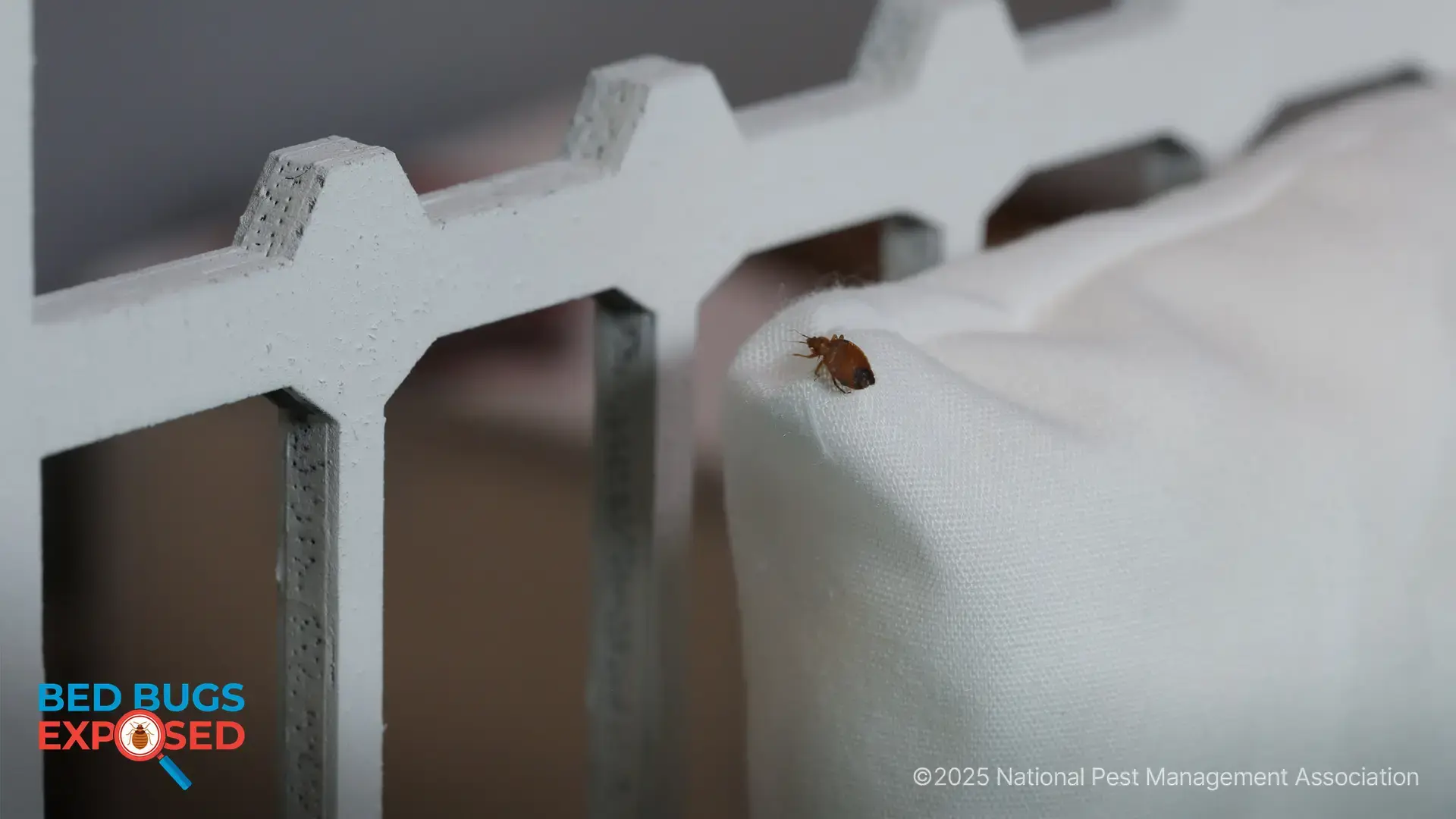Tick-Borne Illness on the Rise
Tips To Protect Yourself and Your Family
Most people are aware that ticks spread Lyme disease, a bacterial infection that causes flu-like symptoms, however in recent years, a number of other tick-borne diseases have become more prevalent.
According to the Centers for Disease Control and Prevention (CDC), in the past 10 years in the U.S., the top five reported tick-borne diseases are:
- Lyme disease (about 35,000 reported cases yearly)
- Rocky Mountain spotted fever (RMSF) (about 2,500 cases reported yearly)
- Ehrlichiosis (about 1,000 cases per year)
- Anaplasmosis (about 1,000 cases per year each)
- Babesiosis (about 250 cases reported yearly)

Experts attribute the rise in these illnesses to an increase in tick populations.
A recent survey of consumers by the National Pest Management Association (NPMA) found that 44 percent of respondents have or know someone who has been bitten by a tick. Of those , the majority lives in the Northeast region of the country (54 percent); followed by those from the Midwest (49 percent), in the South (46 percent) and lastly those from the West (28 percent).
While a tick bite does not always result in an illness, considering the prevalence and rise in tick-borne illnesses, it is important the public take steps to protect themselves and their families before, during and after spending time in a tick habitat, such as the woods or areas with tall grass. Even though tick season typically takes place from May to September, people should practice preventative measures year-round and in all regions of the country as different species of ticks are found across the U.S.
The NPMA suggests the following tick-prevention techniques:
- Wear long pants, long-sleeved shirts and closed-toe shoes when outdoors, especially in wooded areas or tall grasses. Choose light colored clothing that makes it easier to spot ticks and other insects.
- Wear a bug spray containing at least 20% DEET when outdoors, and reapply as directed on the label.
- When hiking, stay in the center of trails, away from vegetation.
- Take steps to keep your own yard tick-free. Keep grass cut low and remove weeds, woodpiles and debris, which can attract ticks and other pests.
- Be on the lookout for signs of tick bites, such as a telltale red bull's eye rash around a bite. If you suspect a tick has bitten you, seek medical attention.
- Learn the symptoms of the most common tick-borne illnesses and consult with your doctor immediately if you believe you are ill following a tick bite.
The NPMA survey found that while 72 percent of consumers use precautions to protect themselves and their family members from ticks, the majority of those who have removed a tick from themselves, another person or an animal use improper removal methods.
Despite a number of myths, like the use of oil, petroleum jelly or even gasoline to kill the tick; or the use of heat from an extinguished match to force the tick to detach, the best and safest way to remove a tick is to use fine-tipped tweezers, grab the tick close to the skin’s surface and pull upward with even pressure. Beware of using twisting or jerking motions as this can cause the tick’s mouthparts to break off in the skin.
Avoid squashing the tick because spreading tick blood in the bite wound might increase the risk of infection. Once the tick is removed, clean the area with soap and water. If you develop a rash, headaches, pains or fever, call your doctor immediately.
As ticks typically require hours of feeding before they can successfully transmit infections, prompt and proper tick removal is a crucial step in decreasing the threat of being infected with a tick-borne illness. To learn more about ticks and Lyme disease, watch this video.

Learn About Ants
Ants are a common pest homeowners struggle to eradicate. Learn more about them!

Bed Bug Pest Guide
Traveling this summer? Be sure to keep an eye out for bed bugs! Use our Pest Guide to help identify this pest.

NPMA's Bed Bugs Exposed Project
Check out NPMA's Bed Bugs Exposed project to learn more about this hitchhiking pest and how to prevent an infestation at home.
Find a PEST PRO in your area

Learn About Ants
Ants are a common pest homeowners struggle to eradicate. Learn more about them!

Bed Bug Pest Guide
Traveling this summer? Be sure to keep an eye out for bed bugs! Use our Pest Guide to help identify this pest.

NPMA's Bed Bugs Exposed Project
Check out NPMA's Bed Bugs Exposed project to learn more about this hitchhiking pest and how to prevent an infestation at home.
